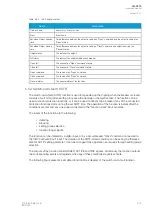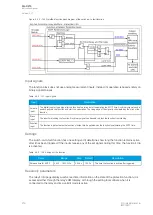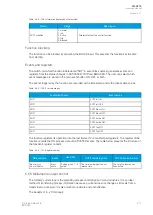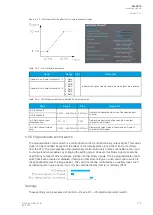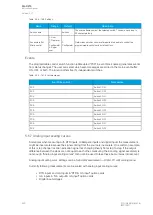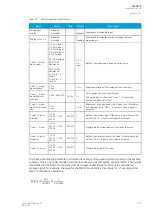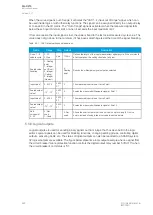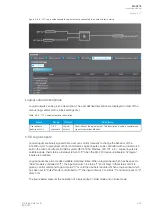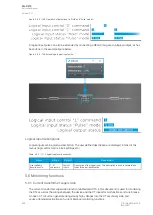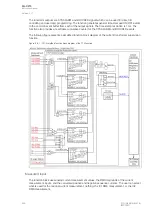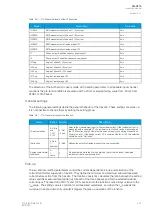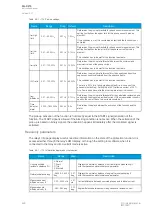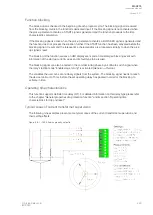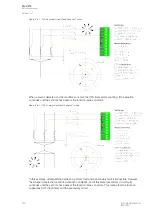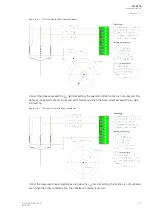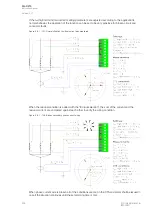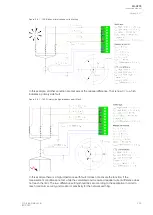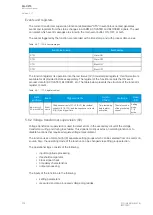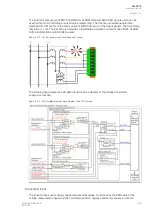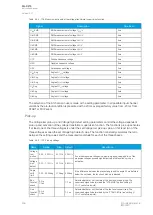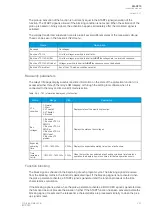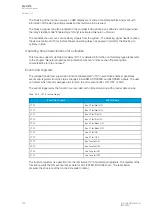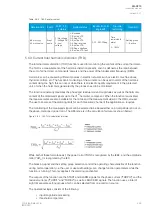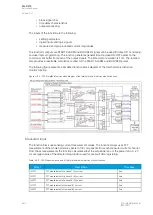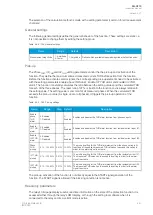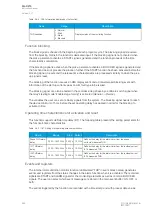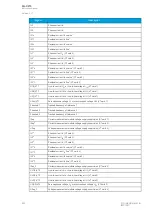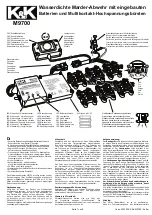
Function blocking
The block signal is checked in the beginning of each program cycle. The blocking signal is received
from the blocking matrix in the function's dedicated input. If the blocking signal is not activated when
the pick-up element activates, a START signal is generated and the function proceeds to the time
characteristics calculation.
If the blocking signal is active when the pick-up element activates, a BLOCKED signal is generated and
the function does not process the situation further. If the START function has been activated before the
blocking signal, it resets and the release time characteristics are processed similarly to when the pick-
up signal is reset.
The blocking of the function causes an HMI display event and a time-stamped blocking event with
information of the startup current values and its fault type to be issued.
The blocking signal can also be tested in the commissioning phase by a software switch signal when
the relay's testing mode "Enable stage forcing" is activated (
General
→
Device).
The variables the user can set are binary signals from the system. The blocking signal needs to reach
the device minimum of 5 ms before the set operating delay has passed in order for the blocking to
activate in time.
Operating time characteristics
This function supports definite time delay (DT). For detailed information on this delay type please refer
to the chapter "General properties of a protection function" and its section "Operating time
characteristics for trip and reset".
Typical cases of current transformer supervision
The following nine examples present some typical cases of the current transformer supervision and
their setting effects.
Figure. 5.6.1 - 152. All works properly, no faults.
A
AQ
Q-C215
-C215
Instruction manual
Version: 2.07
© Arcteq Relays Ltd
IM00040
229

